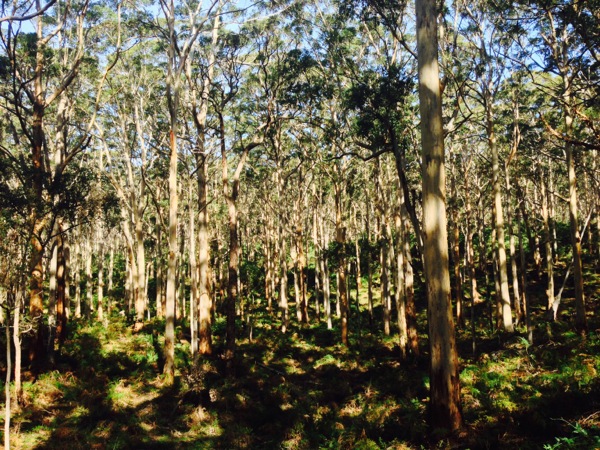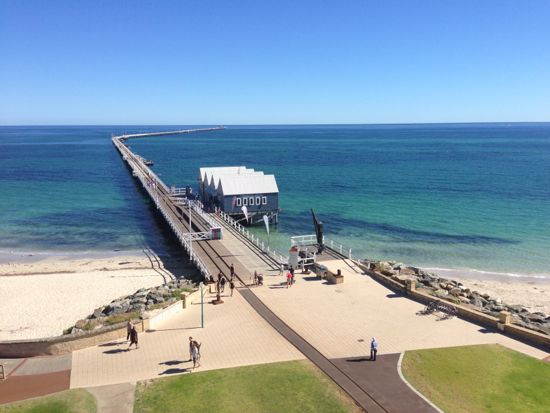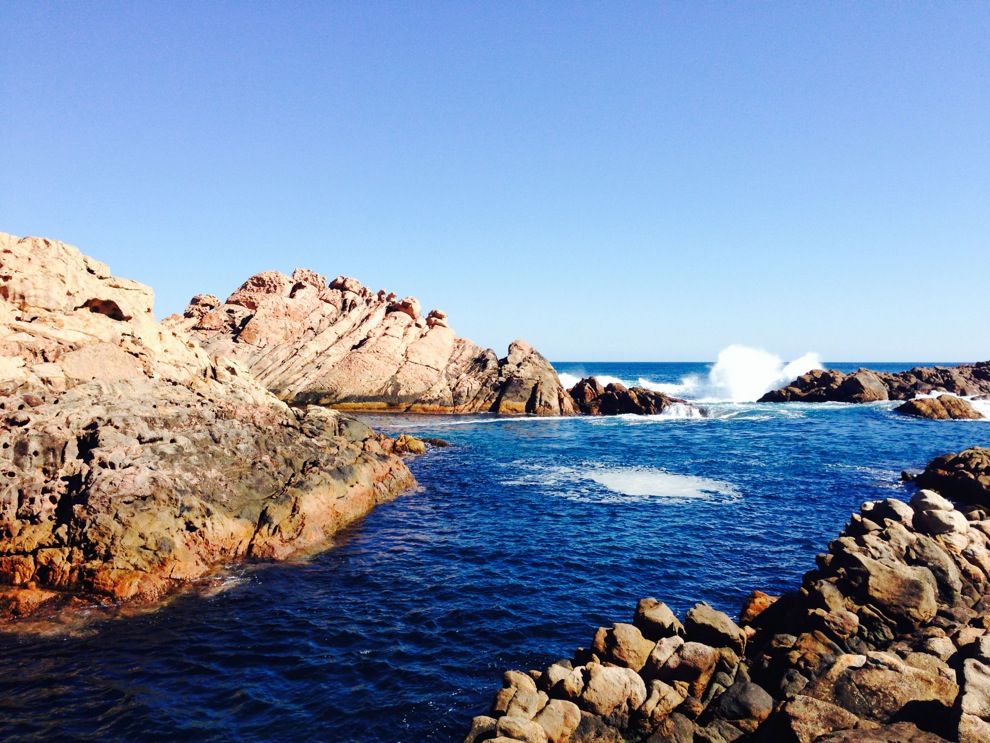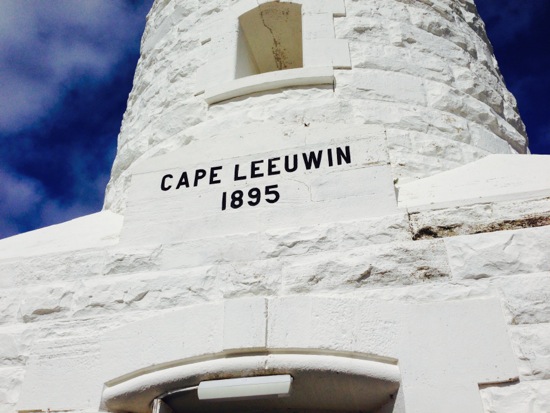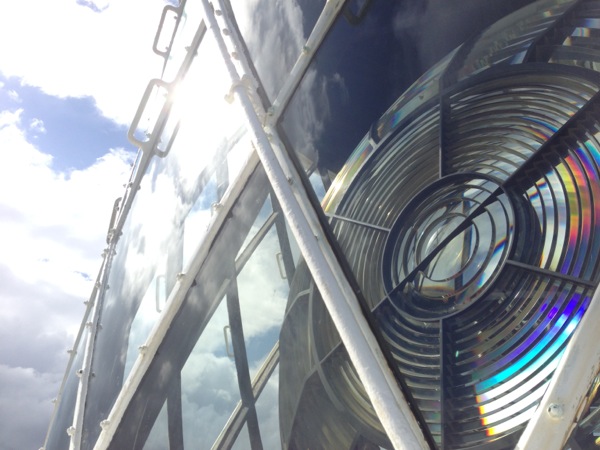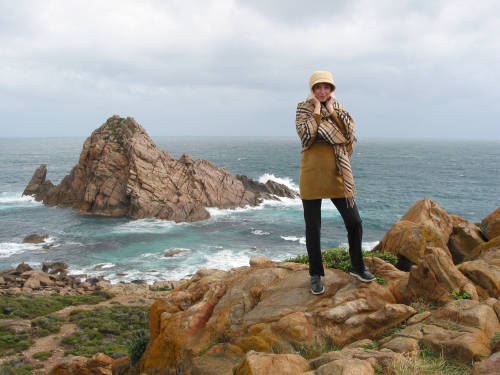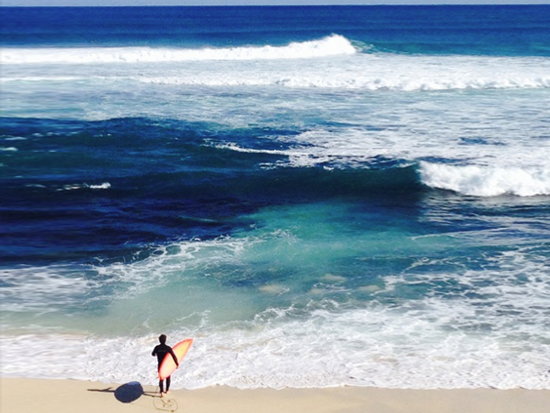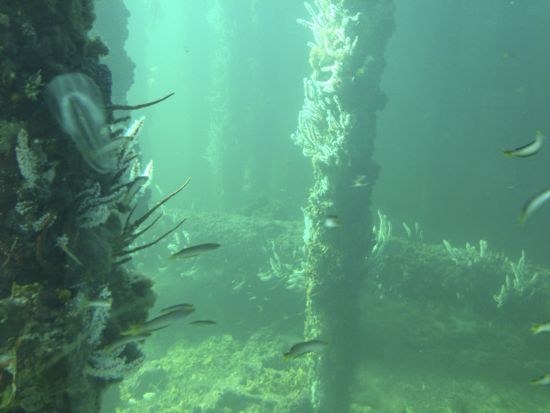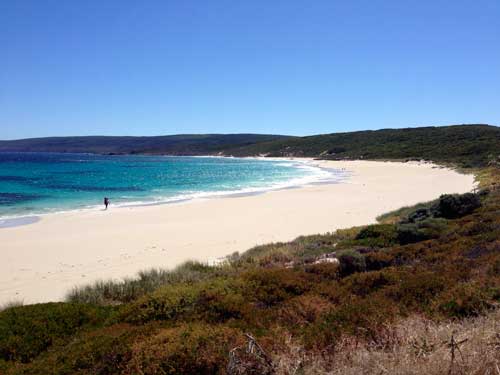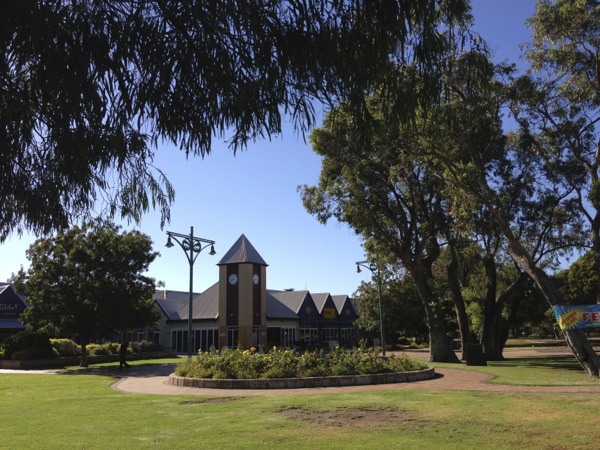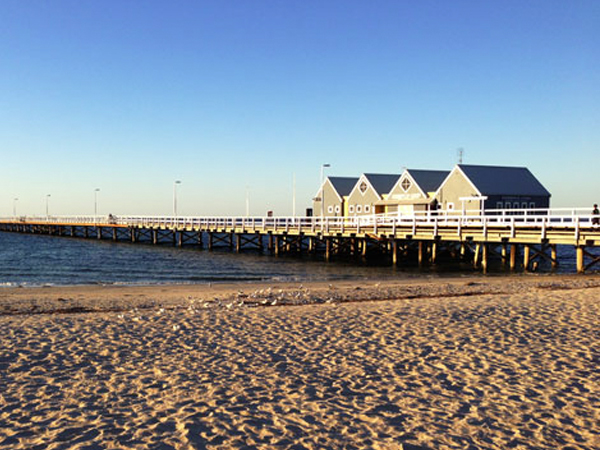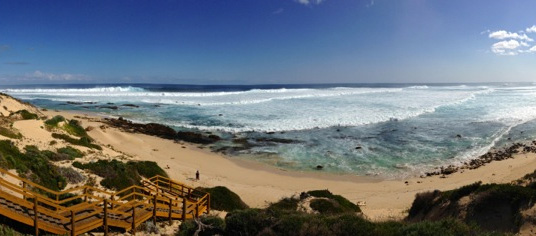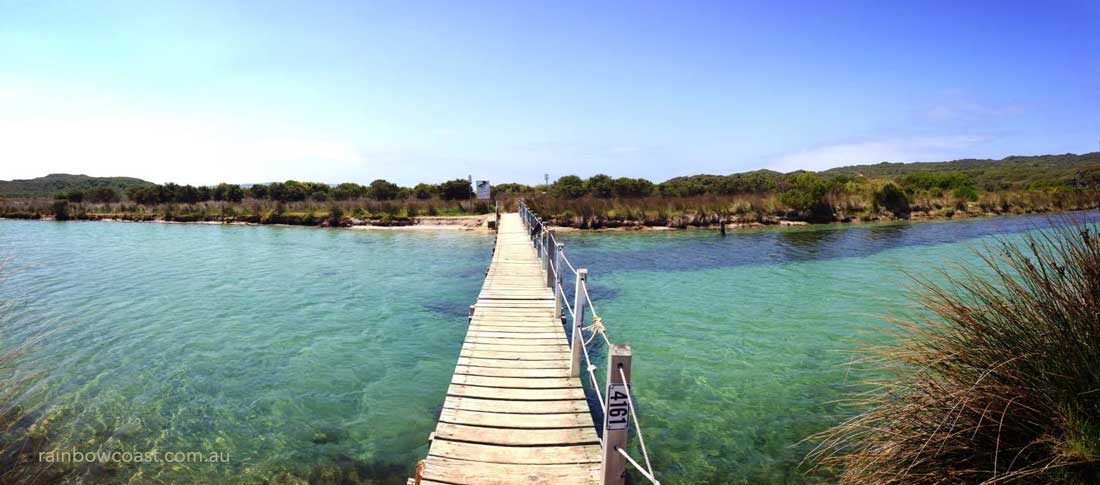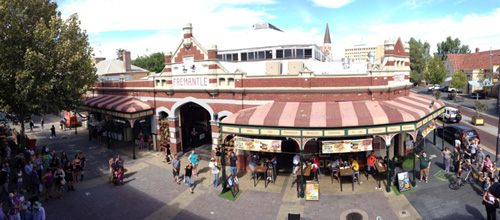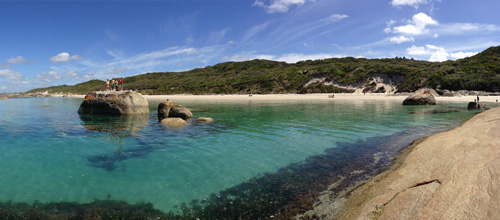

Caves of the Margaret River Region
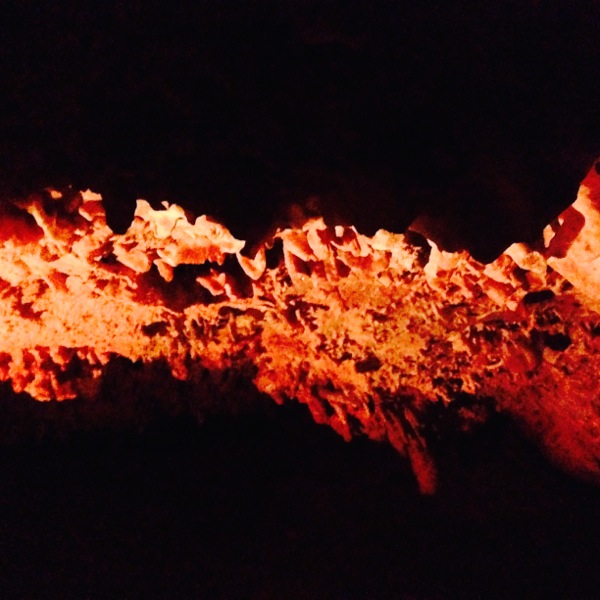
Beneath the forests of the Margaret River Region lies a hidden world of ancient beauty—four incredible caves, each with its own story to tell. Ngilgi Cave blends myth and crystal magic beneath the ridge; Jewel Cave stuns with vast chambers and one of the longest straws in the country; Lake Cave reflects delicate formations above a still, silent lake; and Mammoth Cave holds the fossilised bones of long-extinct giants. Together, they offer a breathtaking journey into the heart of the Earth—where time slows, stories surface, and nature leaves you in awe.
Jump down to:
View a Map
The caves in the Margaret River region are awesome!
Caves of the Region:
Jewel Cave
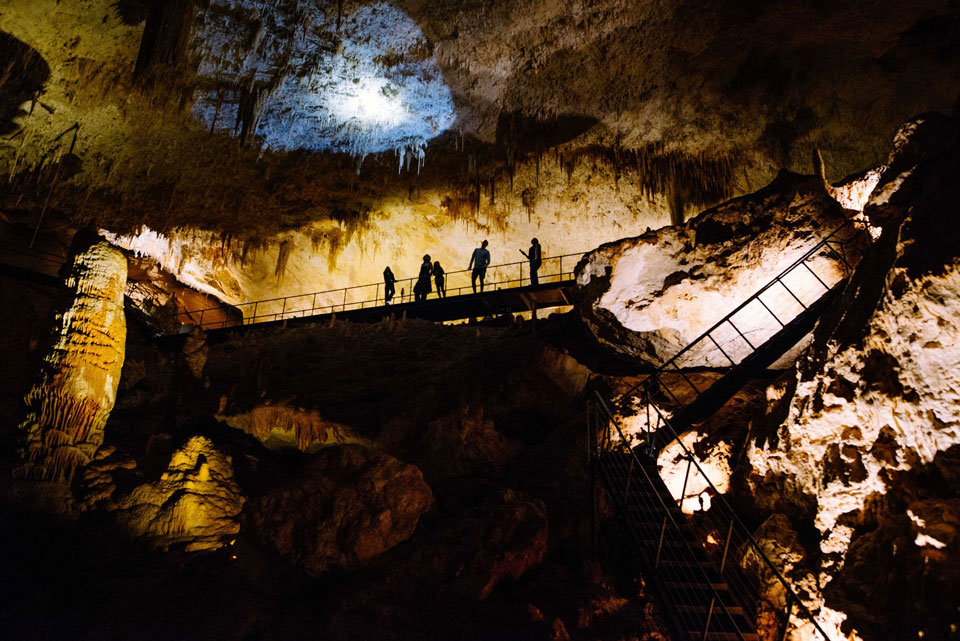
Lake Cave
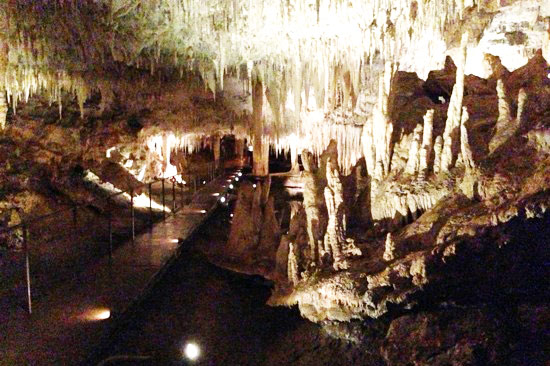
Mammoth Cave
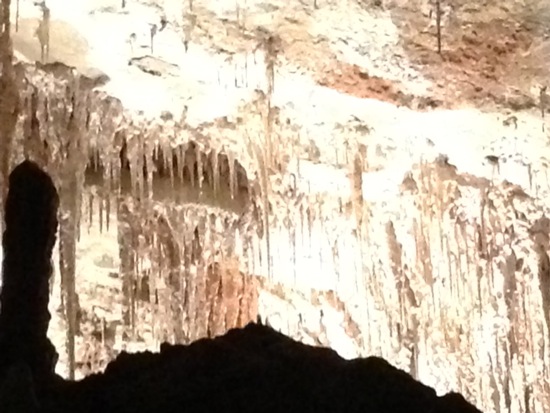
Ngilgi Cave
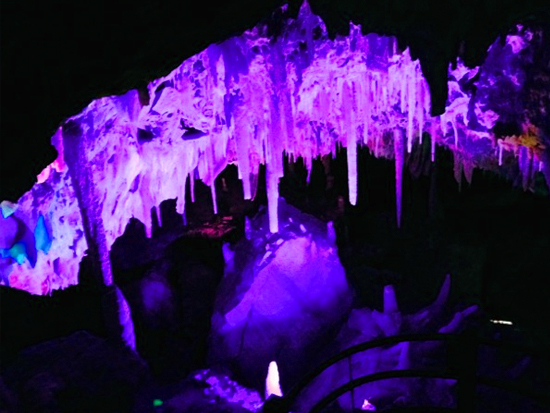
Calgardup Cave

Margaret River Cave Systems:
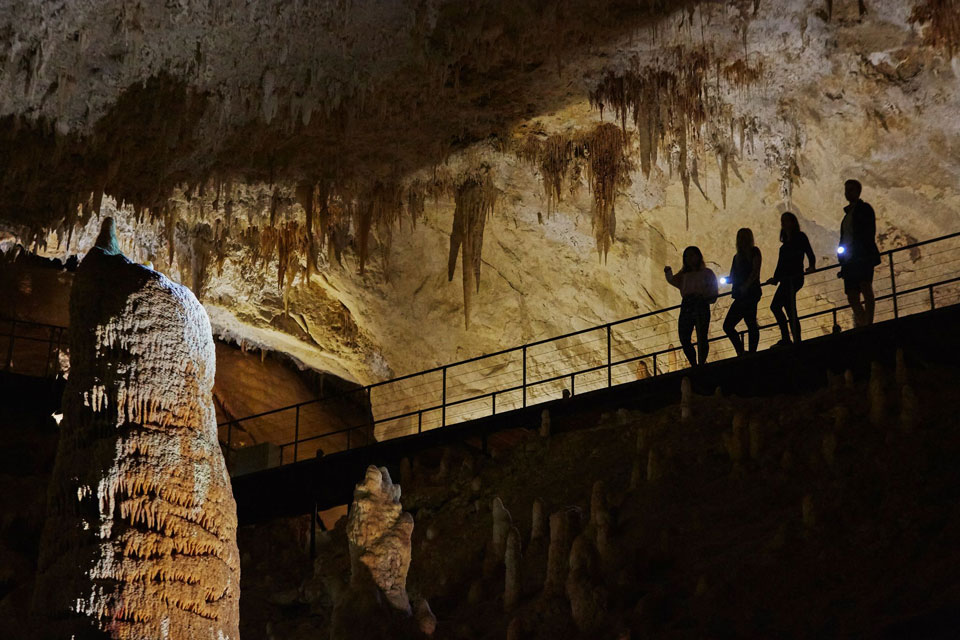
Caves are natural underground spaces formed over thousands—or even millions—of years through the movement of water, time, and geological processes. In the Margaret River region of Western Australia, these caves have been carved into the ancient limestone of the Leeuwin-Naturaliste Ridge, a geologically rich area that runs between Cape Naturaliste and Cape Leeuwin. Over time, rainwater—slightly acidic from absorbing carbon dioxide—has slowly dissolved the limestone, creating a vast network of passageways and chambers beneath the forested landscape.
This region is home to some of the most impressive and accessible limestone caves in the country, including Ngilgi, Jewel, Lake, and Mammoth Caves. Each has its own unique features—soaring caverns, delicate straws, glistening shawls, underground lakes, and even ancient fossils embedded in the walls. These caves are not only visually stunning but also scientifically significant, offering insights into the Earth's climatic history and the creatures that once roamed above.
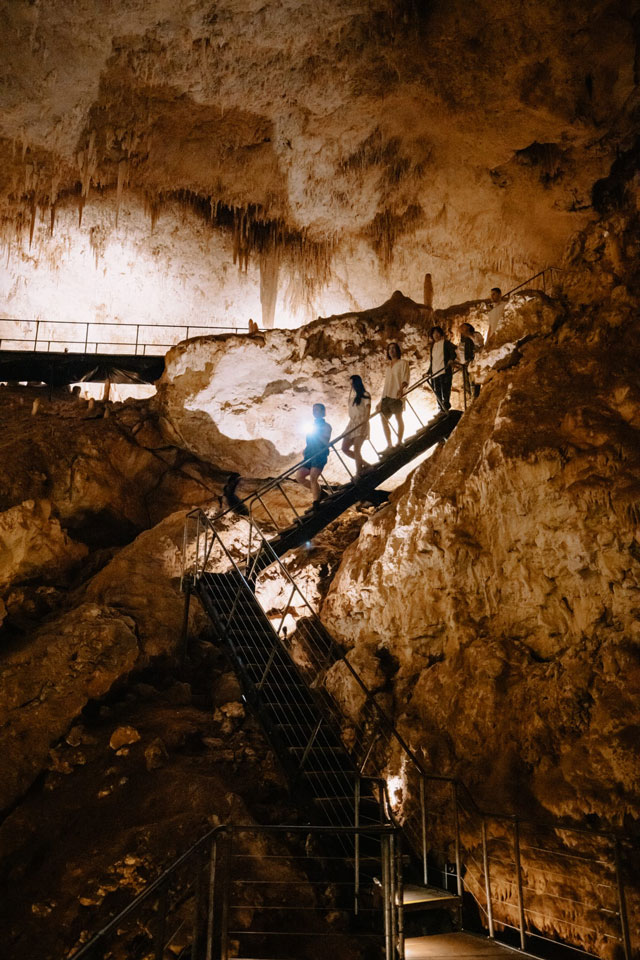
The caves here are part of a karst system—a type of terrain formed by soluble rock such as limestone. The porous nature of the rock allows water to pass through, slowly hollowing out the stone and forming caves, sinkholes, and underground streams. In the Margaret River area, this has resulted in more than 150 known caves, many of which remain hidden or unexplored, protected beneath the dense karri and marri forests.
Exploring these caves is like stepping into another world—a quiet, cool, and often humbling experience. Whether you're marvelling at the suspended formations in Lake Cave, tracing fossil history in Mammoth Cave, or walking the cultural trail above Ngilgi, the caves of the Margaret River region offer a deep connection to both nature and time. They are windows into the past and reminders of the incredible natural forces that continue to shape the land beneath our feet.
Margaret River Regional Caves Map
Tap the markers for information about the locations
Map to Caves of the Margaret River Region:
Tap the markers for information or pinch and zoom to pan around the map.
In Australia? Get Directions using your device's native App!
Google Map Directions: use on any Device!
Apple Map Directions: best for iPhone and iPad users!
Top Locations in the Margaret River Region

